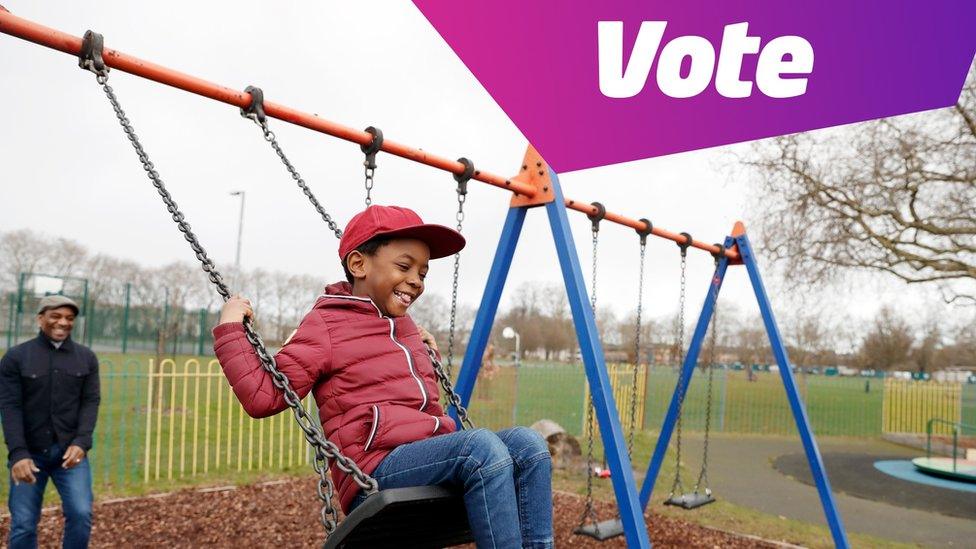Playgrounds: Government to help after survey shows unequal access to public play areas
- Published
- comments
What makes a good playground? Ricky's been investigating
Access to public play spaces in the UK is unfair and unequal, according to research carried out by the Association of Play Industries (API).
A survey found that some areas of the UK have almost five times the number of children per playground as others.
The API said their figures also show that by 2020/21 there had been almost half the amount of money (44%) spent on playgrounds than in 2017/18.
The API has asked the government to help change this by spending more money to make sure everyone has equal access to public play spaces.
The government said it would provide £9 million across the UK to help improve the places with the worst access to green spaces and £30 million to help improve 30 local parks.
What are the playgrounds like where you live? Do you use them often? Let us know in the comments below.
How many playgrounds are there per child across the UK?
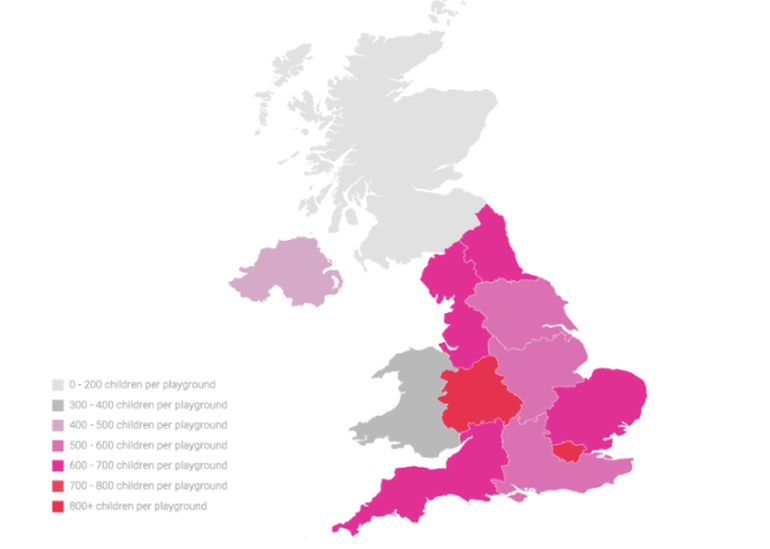
The research showed that on average children in Scotland have access to almost five times more public playgrounds than children in London.
Meanwhile Welsh children enjoy access to over twice the number of playgrounds than children in London.
Overall the West Midlands was shown to have the worst play provision in the UK with 929 children per playground.
The area also has the worst childhood obesity rates in England, which were recorded among Year 6 students.
London had the second worst play provision in the UK with 866 children per playground.
1. West Midlands: 929 children per playground (on average)
2. London: 866 children per playground (on average)
3. North-East: 600 children per playground (on average)
4. North-West: 600 children per playground (on average)
5. Northern Ireland: 488 children per playground (on average)
6. Wales: 392 children per playground (on average)
7. Scotland: 196 children per playground (on average)
However, there is some good news. The API research found that there were more playgrounds and more money spent by Local Authorities on play provision than in 2017 and 2018.
The most recent survey found that the number of play areas is no longer getting smaller and that the fall in numbers seems to have stopped.
Why is play so important for children?
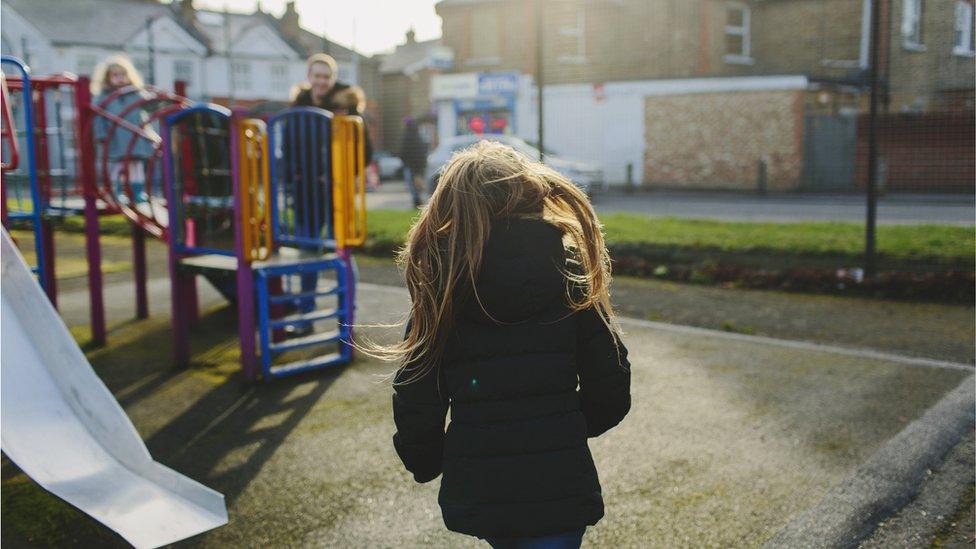
The British Children's Play Survey in 2020 said that playgrounds are the number one location for children's play outside of the home.
The survey is the largest study of play in Britain, which speaks to almost 2,000 adults and children aged 5-11.
The vast majority of British children live in cities or large towns areas - in fact one in eight UK households don't have a garden. In London it's even fewer - one in five.
This means children rely on public play areas for outdoor play and exercise, and for many children, community playgrounds are their only chance to get active and play outdoors.

In the research 35% of parents said they had seen their local playground closed because of neglect
Child psychologist and play expert Dr Helen Dodd told Newsround that even when we become adults often the happiest memories we have are from when we were playing as children.
Speaking to Newsround she said: "When they're at school or with their parents they are being told what they have to do, so play is a time for children to just enjoy themselves, express themselves and explore in the way that they want to.
"It gives them a chance to explore challenge, risk and adventure which are important learning opportunities for children, and might help to prevent difficulties with things like anxiety and worries."
What makes a good playground?
Dr Helen Dodd said that what children need are really interesting playgrounds with lots of space for children to run around.
She explained: "A playground that just has a swing and a slide doesn't offer many play opportunities compared to a really creative larger playground with lots of different pieces of equipment.
"It might have a section for children who are younger, maybe 3-5 years old, and then some other equipment that's designed for older children, so when you're 7-9 or 11-12 you can still go back and enjoy."

One of the most famous and best playgrounds in London is the Diana Memorial Playground
Jennette Emery-Wallace is a landscape architect and award winning playground designer, whose parks have been named by National Geographic as one of the top 12 playgrounds in the world.
She designed the Diana memorial park in Kensington Gardens and Tumbling Bay playground in the Olympic Park in London.
She told Newsround that one of the things she was thinking about when making them was having having lots of different levels and textures, but also making sure everyone could use them.
Tumbling Bay features reclaimed wood made into different shapes, even some inspired by dormouse homes and positioned high up in the air so that it was challenging for children to reach the top.
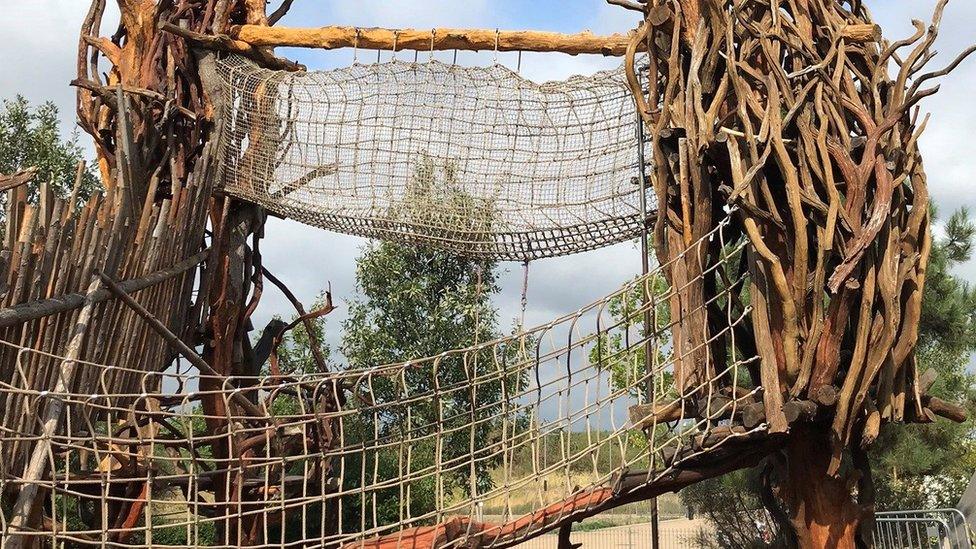
Tumbling Bay in London is considered to be one of the best playgrounds in the country
Will things change when it comes to playgrounds?
The API has said it doesn't think the government is doing enough to support children's health and wellbeing.
The organisation's equal play campaign is calling for the government to give more money, to make sure local authorities can provide every child with a safe, high-quality playground nearby.
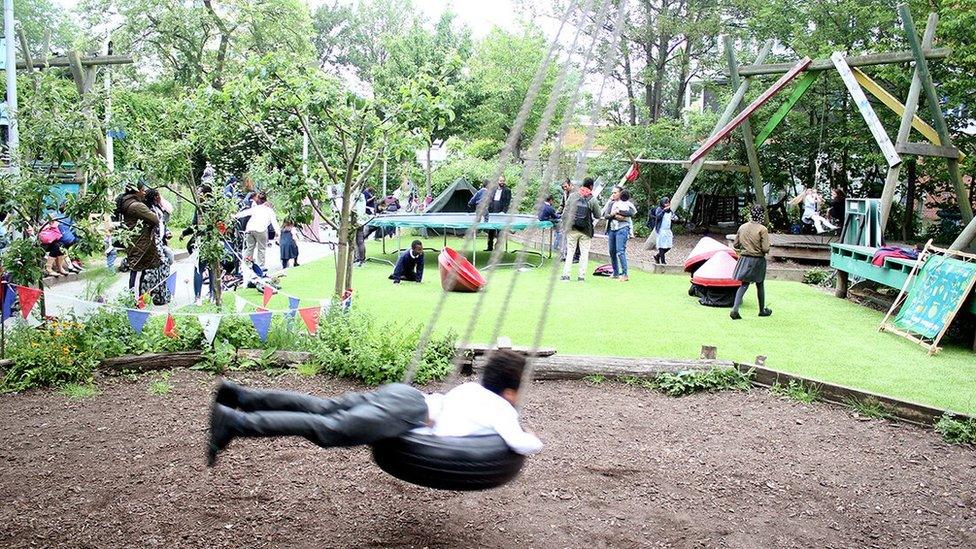
Newsround visited the Triangle Adventure Playground which was set up in 1957
API Chair, Mark Hardy, said he wants the government to provide local authorities with government money for public playgrounds, "so that every child has a safe, local, high-quality place to play every day".
He said local authorities often have to make difficult choices in how they allocate their money, and the funding for outdoor play areas is often less because of the need to spend money on other areas which are seen are more important.
What has the government said?
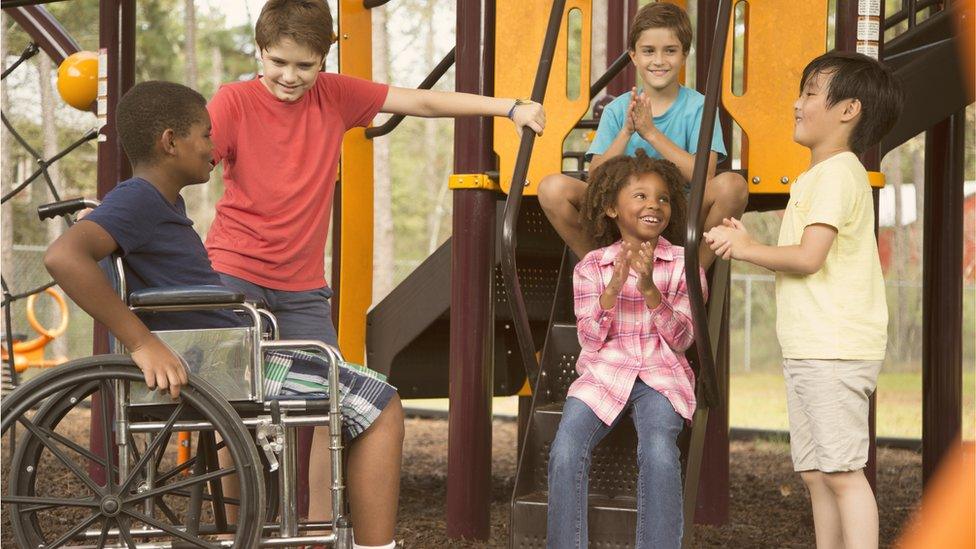
Award winning playground designer Jennette Emery-Wallace says its important for playgrounds to be accessible for all children
In a statement the government has now said it will give £9 million UK-wide to the Levelling Up Parks Fund which will provide grants to deliver over 100 green spaces in places with the lowest access.
It also said a new £30 million fund will pay to make 30 local parks in England better, with a focus on improving facilities for young families.
What are the playgrounds like where you live? Do you use them often? Let us know in the comments.
- Published28 October 2021
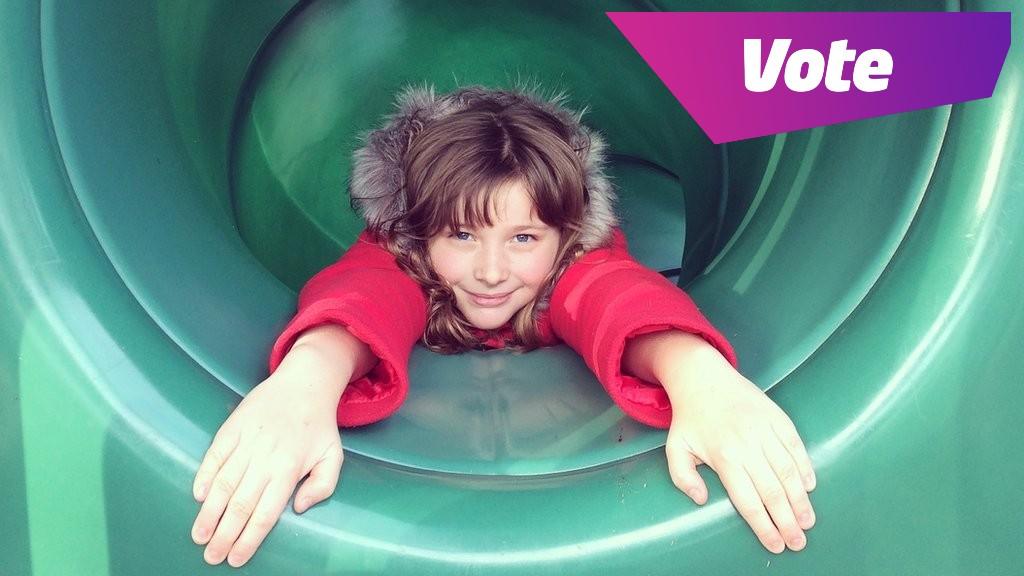
- Published12 March 2021
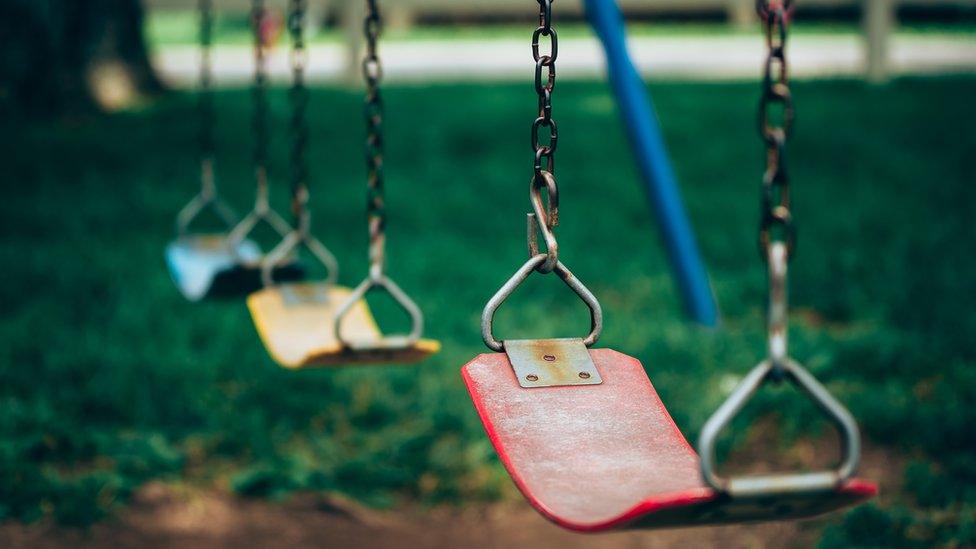
- Published19 January 2021
